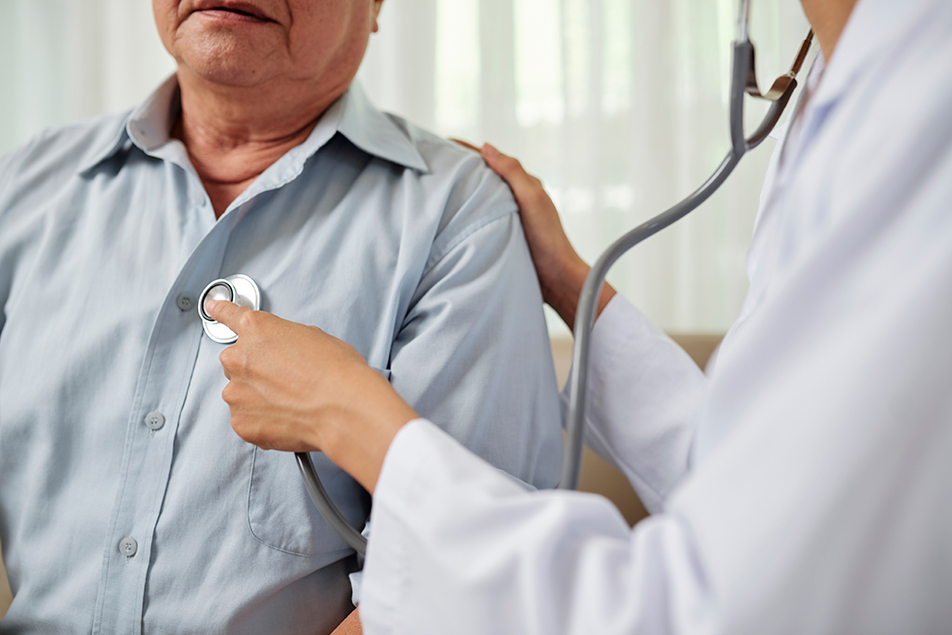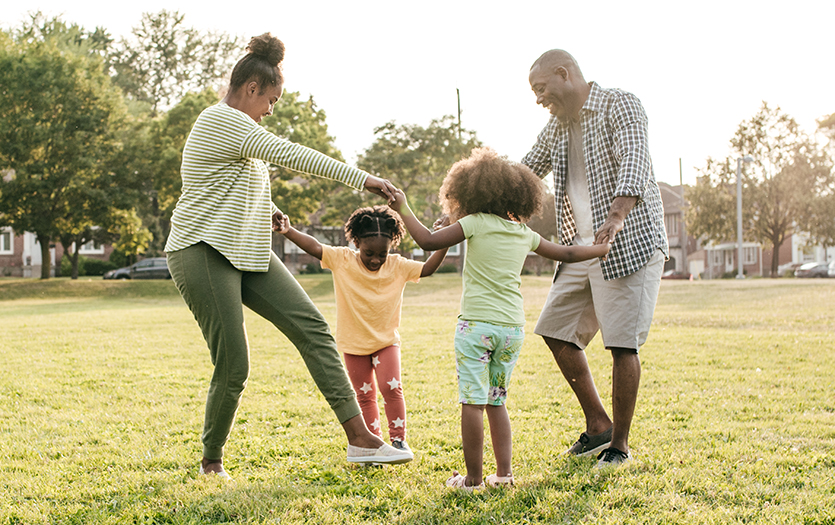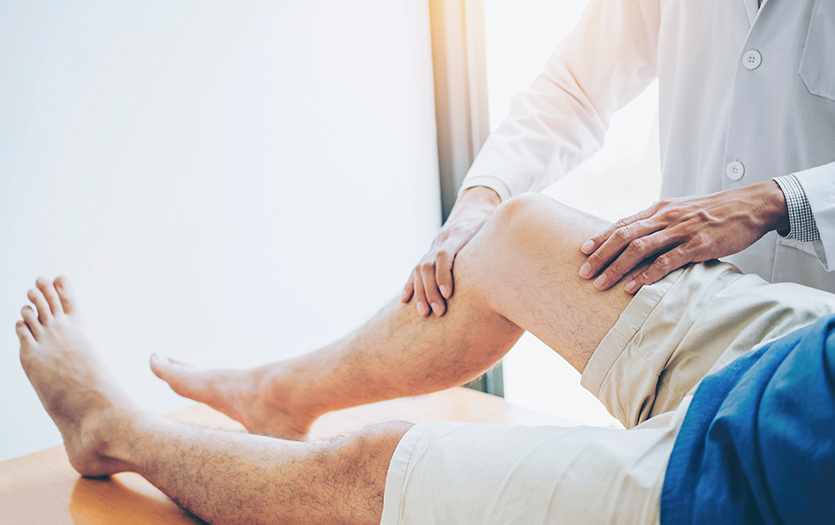
Like other respiratory illnesses, COVID-19 can cause respiratory complications and lasting lung damage. So, in honor of Pulmonary Rehabilitation Week, we asked Georges Debal, MD, PPG – Pulmonology, to speak on the vital role that pulmonary rehabilitation plays in a patient’s management and recovery from COVID-19.
What is pulmonary rehab?
Pulmonary rehabilitation is a therapeutic intervention that helps patients with chronic obstructive pulmonary disease (COPD) and other chronic lung conditions cope with their illness. It is tailored to a patient’s specific needs and addresses the physical, psychological and lifestyle-impacting aspects of a disease. The physical part of pulmonary rehab includes endurance, resistance and strength training, focusing on lower extremity muscles. Patients typically attend 2-3 weekly sessions for 8-12 weeks.
What role does pulmonary rehab play in the treatment of COVID-19?
Often utilized for COPD, pulmonary rehabilitation can also benefit other chronic pulmonary diseases, including COVID-19. It helps patients cope with and alleviate the symptoms that persist after a COVID-19 infection.
What kind of symptoms are relieved with pulmonary rehab?
Shortness of breath (dyspnea) and fatigue are the symptoms that are most likely to persist for 2-3 months or longer after a COVID-19 infection. In addition to that, and depending on the severity of the infection, patients may suffer from post-traumatic stress disorder (PTSD), anxiety, depression and reduced quality of life. Pulmonary rehabilitation focuses on relieving these symptoms or at least helping the patient to cope with them.
Why is pulmonary rehabilitation necessary for those recovering from COVID-19?
The symptoms mentioned above can create a vicious cycle by which the patient cannot perform normal daily activities. This inactivity leads to deconditioning, allowing further worsening of the symptoms. Pulmonary rehab helps the patient break this cycle by providing therapy in a monitored environment and geared toward the patient’s specific needs.
When should someone pursue pulmonary rehabilitation?
Our hospitalized patients get physical therapy as soon as they can move in bed and as permitted by their oxygen requirements. As for outpatient pulmonary rehab, patients can join a program if referred by their physician and after the acute COVID-19 stage, which can last up to four weeks. Shortness of breath, fatigue and other symptoms persisting beyond four weeks would classify as ongoing symptomatic COVID-19. This is the phase where pulmonary rehab can be beneficial. Additionally, a patient must have a negative polymerase chain reaction (PCR) test for COVID-19 before joining a program.
Is there potential for long-term disability without pulmonary rehab?
Long-term disability is always a possibility with COVID-19, especially if the infection was severe. Pulmonary rehabilitation can potentially alleviate the symptoms and prevent other immobility complications, such as weight gain and the diseases that go along with it.
Final thoughts
I would encourage patients affected by COVID-19 to stay as active as possible during their recovery. Exercise capacity gets worse with every day of inactivity. If symptoms do not improve after four weeks, please speak with your primary physician or a pulmonologist to see if you would benefit from pulmonary rehabilitation.



